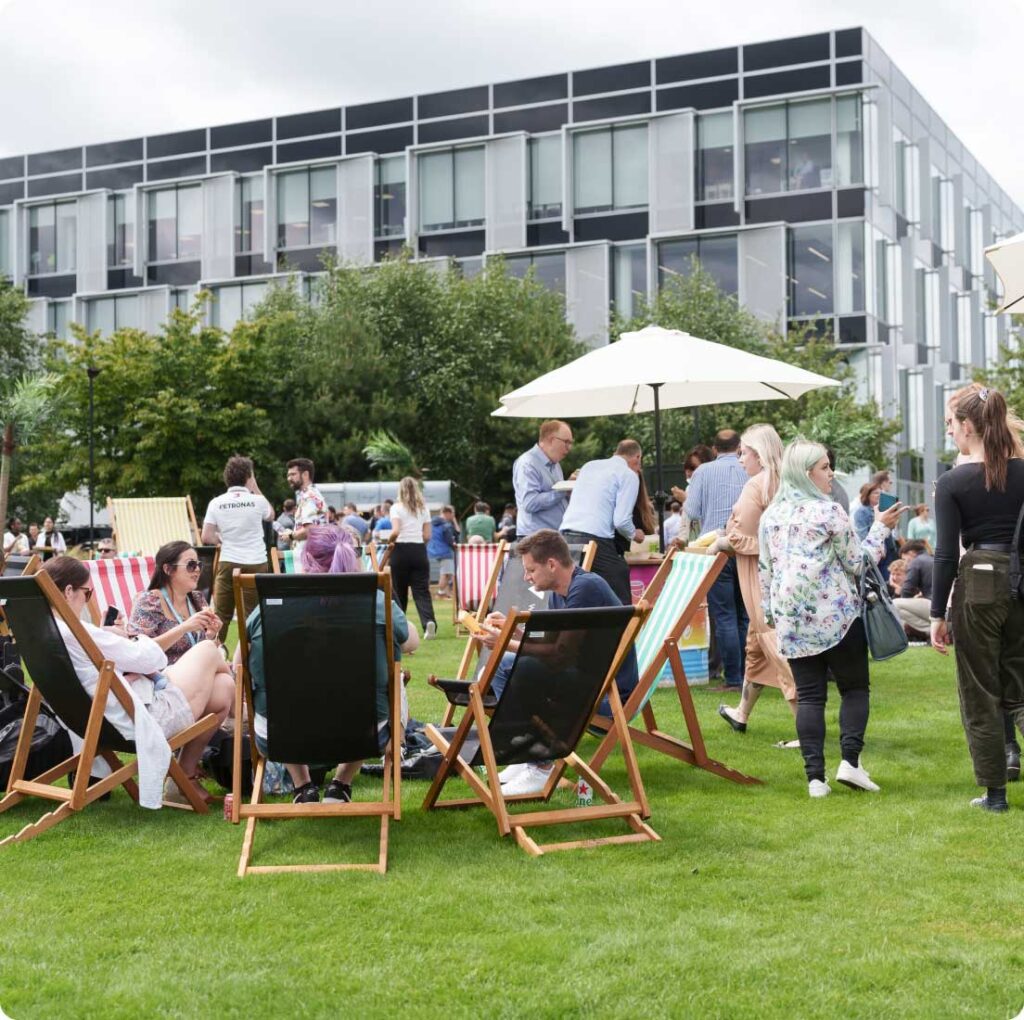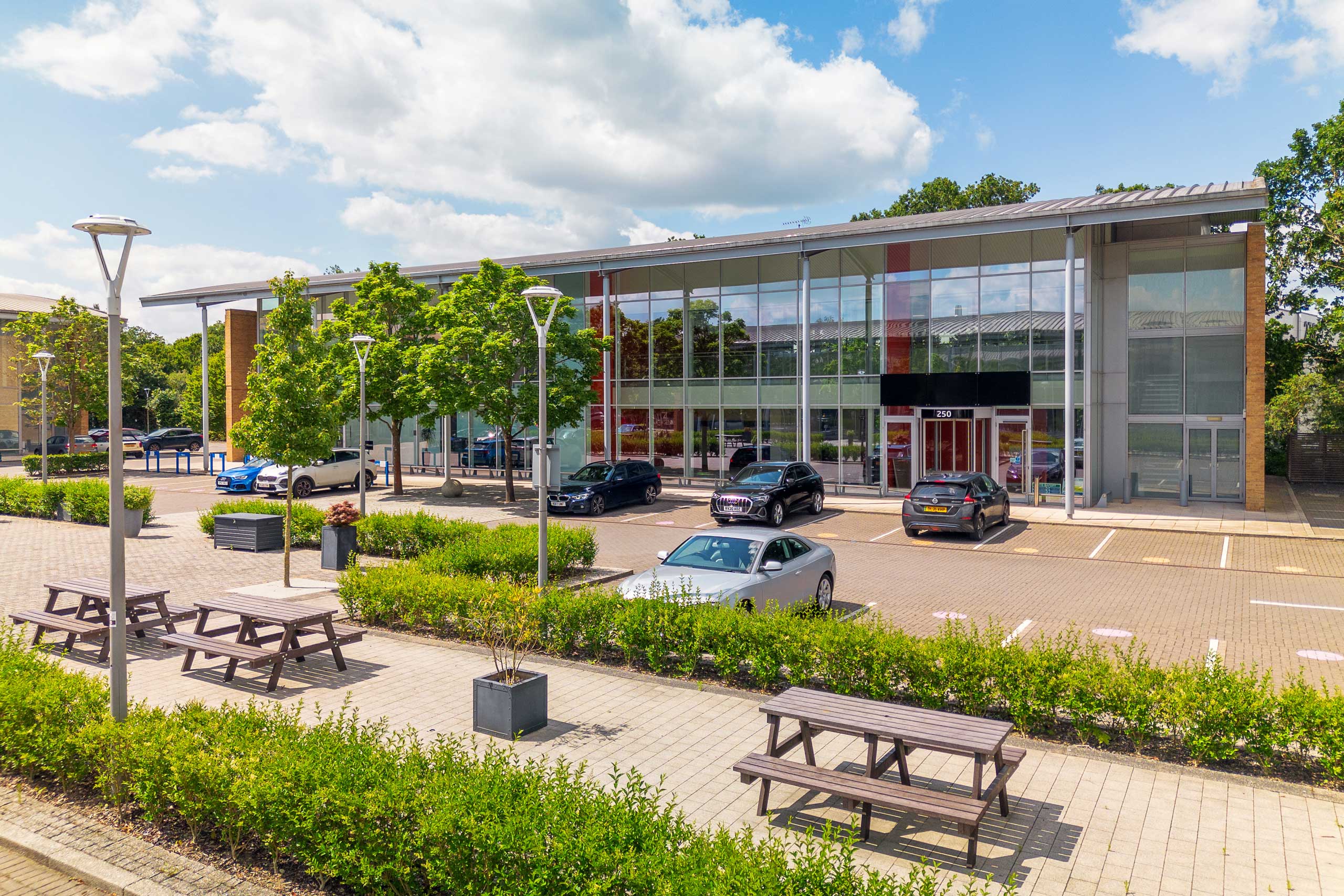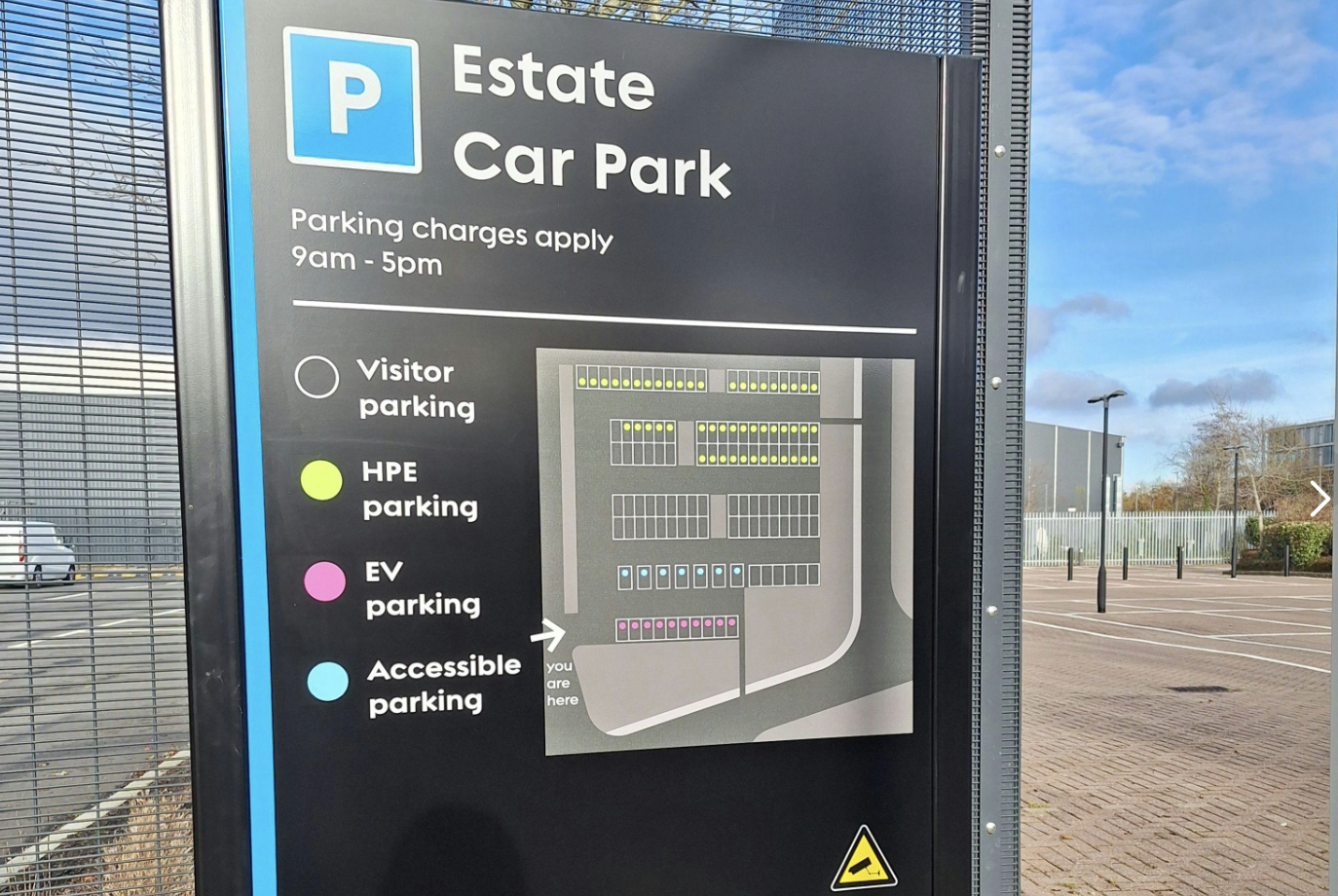The design of office spaces can shape workplace culture and help create a sense of community among employees.
Gone are the days of dull, cubicle-filled offices that prioritised isolation over interaction. Modern organisations recognise the value of thoughtful office design in cultivating a vibrant, connected workforce. Here’s how to get it right.
The importance of community in the workplace
A strong sense of belonging and camaraderie among colleagues influences employee engagement, productivity, and overall job satisfaction. When workers feel part of a cohesive community, it can only improve effective collaboration and the sharing of ideas so colleagues can support one another through challenges.
In addition, a well-connected workforce is often more innovative and adaptable. In an era where cross-functional teamwork and agile methodologies are becoming the norm, having a workplace that naturally encourages interaction and idea exchange is invaluable. By creating a community-centric environment, companies can become fertile ground for creativity and problem-solving, ultimately driving business success.

Key elements of community-focused office design
Several key elements and strategies can be employed to create office spaces ideal for connection and collaboration:
Open-plan layouts: these have become increasingly popular for their ability to break down physical barriers between colleagues. By removing walls and cubicles, these designs encourage spontaneous interactions and make it easier for employees to approach one another.
However, it’s crucial to strike a balance between openness and privacy. Incorporating a mix of open areas and quieter, more secluded spaces allows for both collaborative work and focused individual tasks.
Communal areas: well-designed cafes, lounges, and break-out spaces provide informal settings where employees can gather, relax, and chat. These areas serve as the ‘water coolers’ of the modern office, where serendipitous encounters can lead to new ideas and stronger interpersonal relationships.
Outdoor spaces: when available, these can be great for promoting community. Gardens, courtyards, or even simple balconies offer a refreshing change of scenery and encourage employees to step away from their desks. These areas can be used for team meetings, lunch breaks, or simply as a place to unwind and connect with colleagues in a more natural setting.
Biophilic design: incorporating biophilic elements – which seek to connect building occupants more closely to nature – can also contribute to a sense of community. Natural materials, abundant greenery, and ample natural light create a nurturing environment that promotes well-being and reduces stress. When employees feel comfortable and at ease in their surroundings, they’re more likely to engage positively with their colleagues.
Flexible furniture arrangements: movable seating, adjustable desks, and modular meeting spaces allow for easy reconfiguration to suit different needs. This adaptability encourages employees to take ownership of their workspace and collaborate in ways that feel natural to them.
Technology integration: is crucial in modern office design, but it should be implemented in a way that enhances rather than hinders human interaction. Smart meeting room booking systems, digital whiteboards, and collaborative software tools can facilitate seamless teamwork and information sharing.
Dedicated community spaces: it’s worth considering the inclusion of dedicated spaces for community-building activities. This could include a fitness centre, or a games room. Such amenities provide opportunities for employees to engage in shared interests and demonstrate an organisation’s commitment to its people’s well-being and personal development.
Conclusion
Thoughtful office space design is a powerful tool for developing workplace community and engagement. By creating office spaces that encourage interaction, collaboration, and well-being, organisations can cultivate a connected workforce that is more productive, innovative, and satisfied. The benefits of such an approach extend beyond the individuals to the organisation as a whole, contributing to a positive company culture and improved business outcomes.
Grade-A office space in the perfect working environment
Winnersh Triangle is a 1.5 million sq ft mixed-use business park located in Reading, with a wide range of offerings, including major headquarter buildings, grade-A offices and start-up office suites. To learn more, get in touch with us today.








